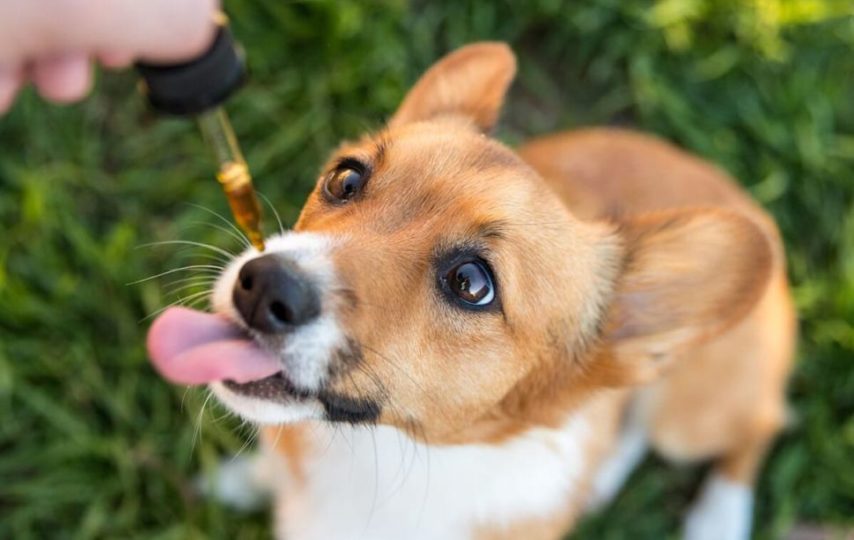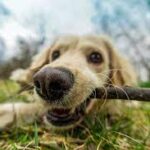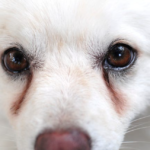Different dog breeds are suited for different things. Some are great hunters, while others are better at guarding the home. Still others make great companions and pets. Each breed has its own unique characteristics and abilities that make it ideal for a certain task or purpose.
Dogs are social animals and love to hunt in packs. Even though they have been domesticated for thousands of years, they still retain many of their wild instincts. This makes them excellent hunters, but also means that they need to be trained before they can be used for hunting purposes.
When training your dog for hunting purposes, you need to understand how dogs think and how they can be trained to perform tasks that will benefit you as well as being enjoyable for them.
The first thing you need to do when training your dog is decide what kind of hunting pattern you want him to follow. You should take into account what kind of prey he will be hunting and how many other dogs will be working with him at any one time
This will help you determine where your dog needs to be positioned during a hunt as well as how he should act when it comes time for him to move in on his prey.
In this article, we’ll take a closer look at the natural hunting patterns of dogs.
Where do hunting dogs come from?
Dogs are descended from wolves, and their behavior reflects that. As pack animals, dogs naturally crave the companionship of other dogs. They also have a strong desire to chase and hunt prey.
So what does this mean for hunters who want to include their dogs in their outdoor adventures? It means that your dog will probably want to chase after any moving object — including you!
Finding the right hunting dog
If you’ve ever seen a hunting dog in action, then you know that they’re fast and agile. But can they catch something like a deer or duck? Not likely! The human hunter has the advantage because he has a well-trained gun or bow — he doesn’t need his canine partner’s help in bringing down large game.
But what about smaller animals like rabbits and raccoons? Does your dog have what it takes to catch those critters? Of course he does! And it’s not just about speed; there’s more to hunting than just running after your prey
You might be a duck hunter who prefers to use a retriever, or you may be a dove hunter who prefers the style of the pointer. Regardless, your choice of breed will affect the type of hunting you do and the time it takes to train your dog.
If you are just starting out, we recommend that you choose a breed known for its versatility. Most dogs can adapt to most situations, but some breeds have had more experience in certain areas than others.
If you want a dog that is great at scenting game, consider breeds like the Bloodhound or Beagle. If you plan on training your dog for field trials, look into breeds like the English Setter or German Shorthaired Pointer. If you hunt small game with dogs (such as rabbits), consider breeds like Jack Russell Terriers or American Water Spaniels.
You’ll also want to think about what kind of terrain you will be hunting in — open fields? woodlands? marshlands? mountains? deserts? — and how much time and money you can spend training your dog.
Helping your dog recover after a hunt
After a long day of hunting or training, it’s important to give your dog a chance to rest. You might think that they will be fine sleeping on the floor or in their crate, but this isn’t always the case.
Some dogs will sleep for hours after a hunt, while others are up and ready to go again in minutes. It’s important to be aware of your dog’s exhaustion level so you can help them recover properly.
Rest is important for a dog recovering from a hunt
Dogs need rest after any type of physical activity, whether it’s walking through fields or running through agility courses. Dogs who don’t get enough rest may feel stiff and sore, which can make it difficult for them to perform well during future activities.
Some people use CBD treats for dogs to help their k9 recover from a hunting trip.
Cannabidiol (CBD) has become more popular in recent years for its medicinal benefits for humans and animals alike. CBD oil is one of the most popular forms of cannabidiol because it can be used safely by both humans and pets without causing any unwanted side effects or interactions with other medications or supplements.
Make sure to look after your hunting dog
Dogs are man’s best friend and deserve respect. If you have a dog and you are going to be hunting with it, please remember to make sure that the dog is safe and well looked after. You should also make sure that your dog is trained properly before taking it out into the wilderness.
If you are unsure about how to train your dog, there are many websites and books that can help you out. If you want to train your dog yourself, then here are some tips:
Make sure that your dog is well fed before taking it out into the wilderness. This will ensure that they do not become too hungry while on the hunt.
Make sure that your dog has plenty of water available at all times when out hunting. Dogs can easily get dehydrated in hot weather, so this is an important factor when considering whether or not to take them along with you when on a hunting trip in the wilds of Australia.
Your dog needs exercise so make sure that they get plenty of exercise every day before leaving on a hunting trip – this way they will be fit enough to cope with walking long distances over rough terrain during their time away from home with you!



